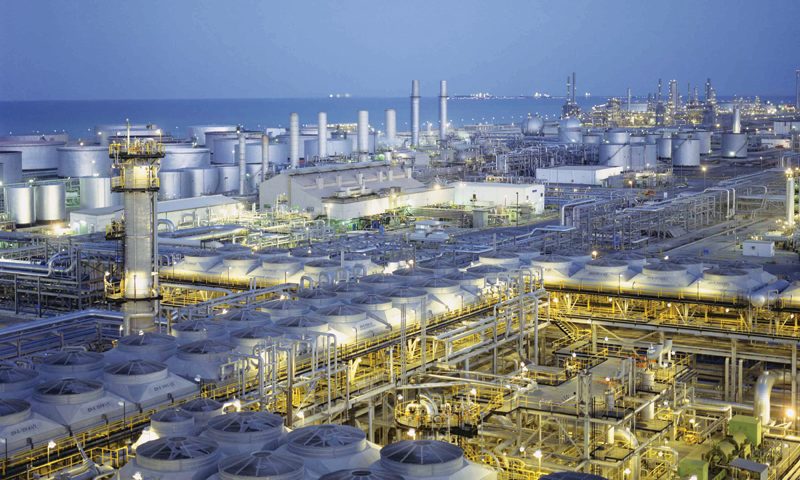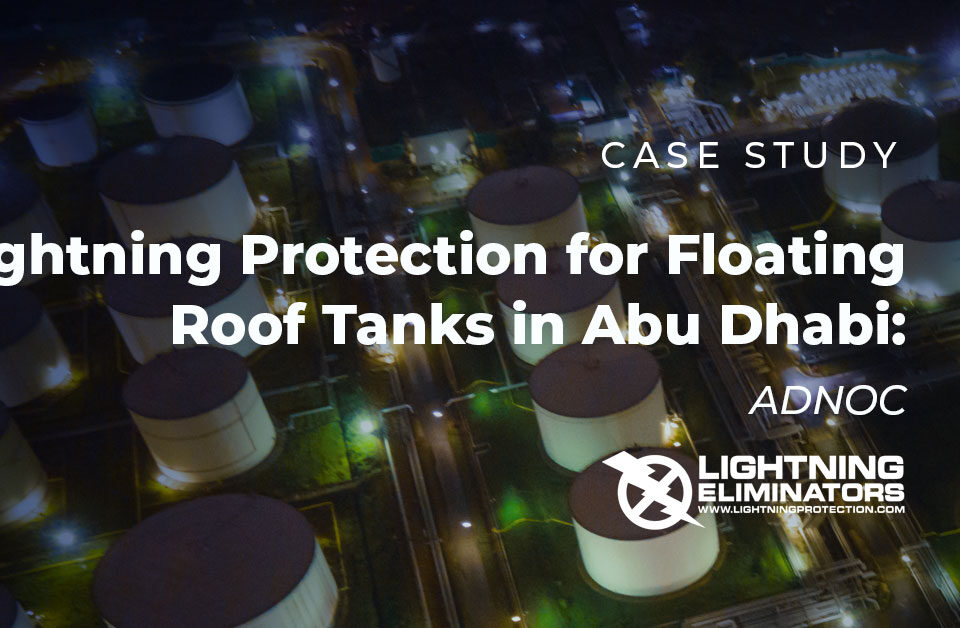- We Prevent Lightning Related Problems.

Don’t Leave Customers in the Dark – Protect Your Plant from Lightning
September 12, 2013
Lightning Protection is STILL Mission Critical to Operations and Sustainability- Don’t let Your Guard Down!
September 26, 2013LEC Lightning Protection Expert to Speak at ADIPEC: Targeting Big Oil and Gas

Slide One
by Lightning Diva@Large
Being in the business of fuel tank lightning protection for a majority of the energy related industries across the world, we are acutely aware of the imminent and multifaceted dangers of lightning and especially see how it can negatively impact the oil and gas industries, specifically but not limited to oil refineries, rigs and platforms, electronic equipment and tank storage facilities. One of our major goals at Lightning Eliminators is to educate oil and gas professionals and make them aware of the dangers associated with lightning. We are always a bit shocked when attending major events how very little is known about lightning in relation to the business of oil and gas. This is why we are expanding our educational programs with our Lightning Protection Summits and focusing on speaking opportunities at major oil and gas conferences across the world starting with ADIPEC.
Lee Howard, Program Manager, R&D/Engineering Consulting Services at LEC, will travel to the middle east, the heart of the oil and gas industry, to host a discussion entitled “Why ADNOC’s Takreer Invested in Lightning Protection and How Risks of Lightning Strikes Are Growing for the Middle East” at theAbu Dhabi International Petroleum Exhibition & Conference (ADIPEC) in November.
Internationally known, ADIPEC is the largest event for the oil and gas industry in the Middle East with over 50,000 attendees in 2012. Since it’s inception in 1984, ADIPEC has been a platform for oil and gas professionals to network, discover new ideas, and debate core industry issues.
As an electrical engineer with more than 20 years of combined experience in the study and testing of electricity, electronics and electromagnetism, Lee has the knowledge, skills and understanding to engineer lightning protection solutions, provide technical and engineering support, as well as assist in the development and testing of theories related to lightning physics.
In his session on Monday, November 11, 2013 at 10:40am, Lee will discuss why Takreer, a refinery subsidiary of the Abu Dhabi National Oil Company (ADNOC), recently completed a comprehensive analysis of their risk from lightning and invested in substantial measures to protect their facilities. While lightning activity in the Middle East is in fact low, Takreer is now better protected from a global trend: incrementally higher lightning activity that scientists believe is the result of climate change. Higher temperatures worldwide are increasing the warm-weather patterns that lead to severe thunderstorm activity. And for tank storage farms, the consequences of a lightning-induced fire event would simply be too catastrophic to ignore. Within these storage facilities, a single spark could destroy millions of dollars in product, facilities and equipment, and the downtime resulting from investigation periods and reconstruction can be equally costly and reputation damaging.
In order to help understand risks associated with lightning, Lee take attendees through the life cycle of lightning and how it forms, to the types of risks and damages that can occur from one strike- whether it be a direct strike with visible damage or an indirect strike that can lead to secondary effects such as meantime between failure, supported by examples and statistics of lightning events that caused insurmountable damage to oil refineries, storage facilities, mines, rigs and platforms.
The concept of lightning protection has been around since the 1700s when Benjamin Franklin invented the Franklin lightning rod, but over the years we’ve discovered that “attracting” lightning is not the best way to protect against it. Middle East oil and gas producers will also learn best practices in risk mitigation and steps they can take to protect themselves and their facilities from potentially costly and devastating strikes. Lee will also share the most current and most effective solutions that companies such as ADNOC have implemented utilizing a different approach called the Charge Transfer System (CTS) that actually prevents lightning from striking within a protected area.
The CTS has been proven effective in long-term studies of Dissipation Array System (DAS) installations. Additional scientific case studies will be presented showing the effectiveness of the CTS technology, DAS and Retractable Grounding Assembly (RGA) for floating roof tanks.
Fuel tank lightning protection is becoming a staple of good business practice for facilities with flammable materials or sensitive electronics, especially in the oil and gas industry. What are you doing to assess the risk and protect against the growing threat of lightning?

